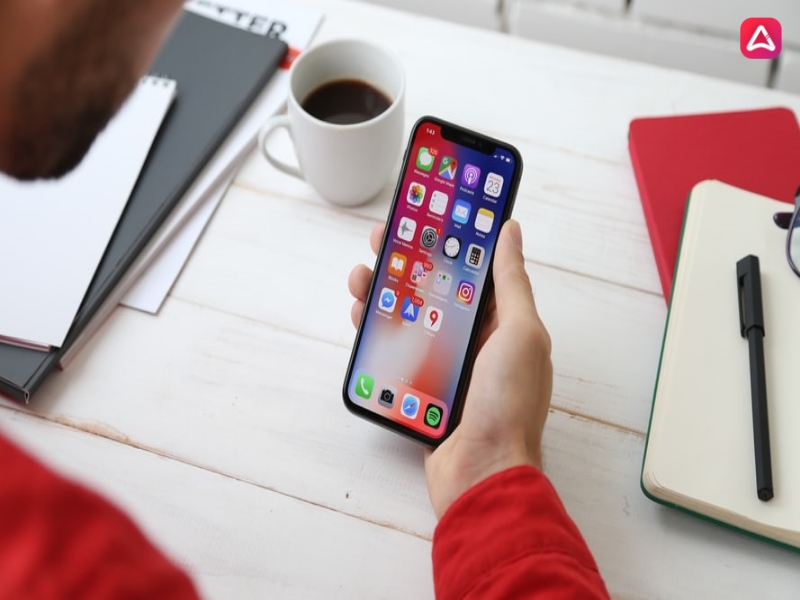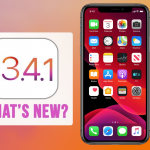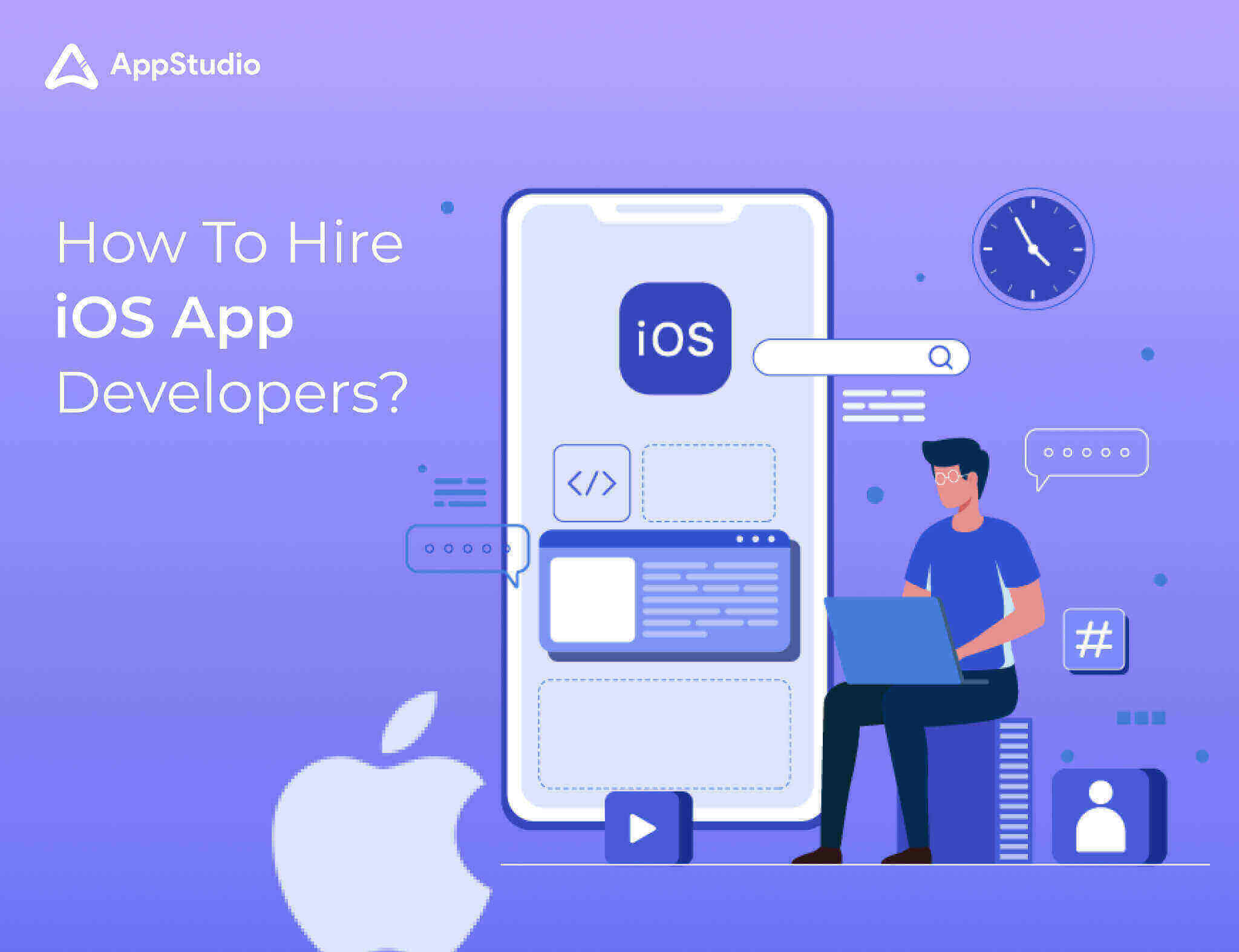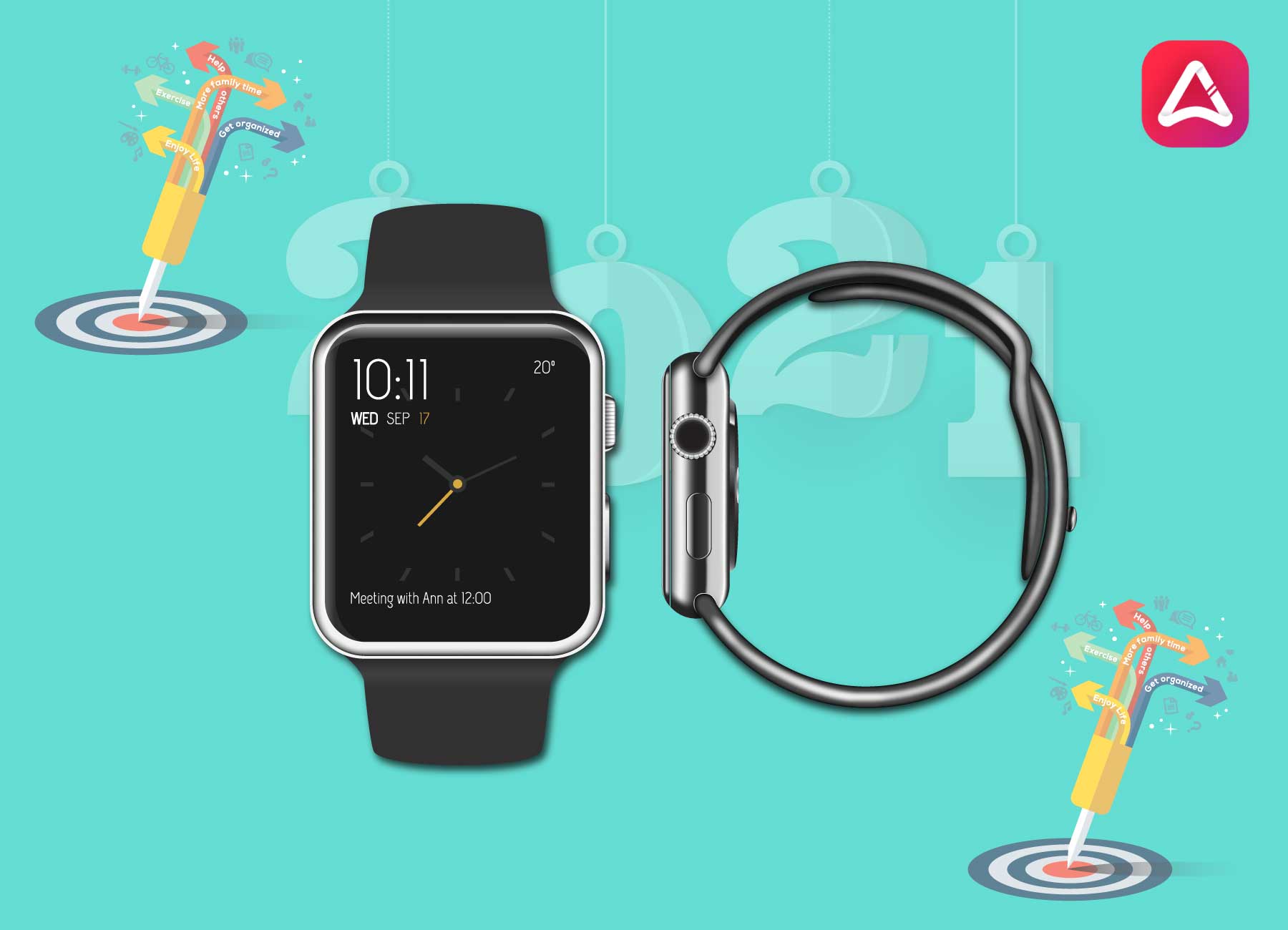Steve Jobs started the story of the mythical finger-friendly smartphones with the iPhone 1. The 3.5-inch screen was a pioneer in its class with a touch screen and no physical buttons, and mind it no stylus.
On June 9, 2008 Steve Jobs returned to monopolize the eyes of the whole world when presenting the iPhone 3G. A year later, the CEO of Apple returned to the covers of all media with the iPhone 3Gs. It showed a phone that was thinner, had a plastic cover and was in two colors: white or black, but the most important news of that date was the launch of App Store, which allowed users to access a large amount of Applications.
In 2010, with the iPhone, he presented the front camera on the phone for the first time, giving rise to the generation of selfies and Facetime. In 2012, with Tim Cook at the helm, Apple introduced the iPhone 5, the first to have a four-inch screen.
The iPhone 6S and 6S Plus were announced on September 9, 2015 and were the first to offer a 3D touch, a 12 MP camera with advanced pixel technology, as well as a 5MP Facetime HD camera with Retina Flash. The iPhone X and XS have been the latest devices launched by the US company and they have in their plans to launch the iPhone 11 in September with the novelty of the operating system iOS 13.
Undoubtedly, the iPhone is the emblematic product of Apple and since its inception had great changes throughout its history, under the eyes of Steve Jobs and Tim Cook. It’s been 12 years since the inception of this wonderful phone era that was never dreamt of before. Among the multiple options offered by these cell phones, their success was due in large part to the Apple operating system known as iOS.
Now, what is the iOS system? … In case you did not know, those three letters refer to the mobile operating system of Apple computers. Since its first appearance, the idea was for this software was to be a closed platform to restrict the hacking and data leaks. This concept and intention still remain today.
Let’s embark on a journey with us to go through the evolution of iOS, the operating system for iPhones.
iOS 1: The Arrival Of The Giant
The rumors that Apple was working on a smartphone went back to 1999, but finally it was 2007 the year that started with an iPhone in the pocket. This first iPhone was powered by iPhone OS 1 (called OS X during the presentation) and supported common applications such as multitouch gestures, HTML email, Safari browser and YouTube.
It included a handful of pre-installed applications with the basics (calendar, clock, music, SMS …) because at that time there was still no App Store. It would arrive the following year through an update of the system.
It is the first version of the system launched in 2007, characterized by its schematic design. The download of third party application was not allowed but it supposed a revolution with respect to what was known until then. The Safari and the iTunes music store were the pillars of this version.
iOS 2: The Appearance Of The Applications
This version was released in 2008 and was pre-installed on iPhone 3G devices. Its main feature, in addition to compatibility with 3G networks, was that it included the App Store. From it, developers can upload applications with the prior authorization of Apple.
iOS 3: The Growth Of Basic Functions
Launched in 2009, this version of the operating system came included in the iPhone 3GS and was later adapted to the iPad. The fundamental characteristic of this version was the inclusion of the copy and paste functionality and the MMS. With this software appeared the “push notifications”, which tell us what happens when the applications are closed, or the arrival of an email.
iOS 4: A Space Is Created For Multitasking Options
Under the slogan “Everything changes again,” Apple presented this version that came pre-installed on the iPhone 4. Since there was the first major change in the format of the hardware, its arrival was highly anticipated by the fans. Its appearance dates back to the year 2010. It included many novelties, among which we can name:
- Multitasking, allowing switching between apps by tapping the start button twice
- IAds ad networks, where developers could advertise and monetize their apps
- Option to share internet
- Spotlight
- Facetime
iOS 4 was the first version of iOS that could not be updated in older devices available in the market, leaving aside the first generation iPod Touch and the first iPhones.
iOS 5: Aimed At Success
Launched in 2011 and presented together with the iPhone 4S, this iOS was not supported for the second-generation iPhone 3G and iPod Touch. It was presented with the slogan “We take iOS to a whole new level” and its most prominent feature was the appearance of Siri, Apple’s virtual assistant.
iOS 6: Apple’s Error
Apple introduced this version in 2012 as “The most advanced operating system in history.” The devices that came from the factory with iOS 6 were the iPhone 5, fifth-generation iPod Touch, the iPad Mini and the fourth-generation iPad, while it stopped giving support for the first-generation iPad and iPod Touch 3.
Improvements introduced were for Siri. YouTube was eliminated as the system’s native application (now it is Google that must develop this app instead of Apple), the system was integrated with Facebook. The “do not disturb” function was introduced, and so on. Undoubtedly, the large number of new features were added while the most striking was the presentation of Apple maps.
The expectations were very high with iOS 6 after the progress made in 2011. However, this version brought a lot of disappointment and criticism for the Apple team: Google Maps disappeared and was replaced by an inefficient application called Apple Maps.
But perhaps the worst happened, when users realized that YouTube was not integrated. The commercial confrontation between the Android and iOS systems would reach another level.
iOS 7: A Help Version!
This operating system was introduced for the iPhone 5S, iPhone 5C, iPad Air and iPad Mini with retina display, while it had no support for the iPhone 3GS and iPod Touch 4. Apple introduced this version in 2013 and it was a complete revolution in terms of the design since the Skeumorfismo was abandoned and the Touch ID was presented. It was the first version in which the star designer of Apple, Jonathan Ive, participated in its development. “A new perspective for the mobile operating system” was the motto for the presentation of this version.
iOS 7 became a cry for help for users. The changes began with a modification in the design of the operating system, achieving a lighter and easier to use interface.
iTunes Radio and AirDrop were also made available this year. Another innovative feature was the Touch ID which made the devices more secure as now the user has the option to unlock the phone with the help of fingerprints, a superb innovation. The latter meant more security, something that Apple likes to take care of with suspicion.
iOS 8: Unbeatable Improvements Returned
This time it was the iPhone 4 that was left without support, while the version 8 was presented with the optimization for the iPhone 6 and 6 plus. It was presented in 2014 as “The biggest iOS release to date“. In this version, iCloud drive was included, some icons were redesigned, the Health app was presented, Shazam was integrated into Siri, among other novelties.
Undoubtedly, this version of iOS is considered by many as one of the best. It provided flexibility to the system, including third-party keyboards, Apple Music, iCloud Drive and the options “Health” and “Share as a family”. The iOS 8 was accepted by the users in a rewarding way and without much criticism.
iOS 9: Perfection Almost Comes With This Version
Launched in 2015, it included improvements in the Notes app, where the developers included photos, videos and let users draw with their finger. The option to save battery was introduced, the News app appeared and notorious improvements were added in the multitasking. In the iPad, screen can be divided to host two apps at the same time. Apple also had displayed improvements in Spotlight and Siri.
iOS 10: Access To Developers Is Consolidated
It was presented in 2016 and optimized for the iPhone 7 and 7 plus that were the novelty of that year. This time, with this update they stopped supporting some devices, such as the iPhone 4S, the second and third-generation iPad, the first generation iPad Mini and the fifth-generation iPod touch. The most outstanding development for developers is that a Kit is included to allow Siri to be integrated into third-party applications. Design changes were also introduced in the Maps and Music apps, the Casa app (or Home in English) was presented, iMessage was redesigned, allowing to highlight messages and send animations to full screen, etc.
Although iOS 9 was a good attempt to make this software more flexible, 10 achieved it at its best. It was from this system, that the developers had access to direct applications with the phone, as happened with Siri. For the rest of the users came the refreshing stickers, and users were allowed to delete those Apple applications that were not used. Without a doubt, the first example of real flexibility on the part of the apple company.
iOS 11: Thinking About The Needs Of Fans
It was launched in 2017 and presented new features such as the integration of notifications with the blocking of screen, the redesign of the control center and improvements in Siri’s intelligence. Undoubtedly, this version stood out because it came with the iPhone X, the flagship phone that celebrated the 10 years of the company’s rule. The list of unsupported devices were iPhone 5, iPhone 5C and the fourth-generation iPad.
The iOS story continues and one of the most emblematic features of the system still in force, is that you no longer need third-party applications to scan QR codes. The Camera App brought among its innovations the ability to edit the captures and share them
The GIF began to be recognized and all this was the prelude that the directive would go for greater connectivity, interaction and flexibility. And certainly, this could be seen in the presentation of the latest operating system.
iOS 12: Performance, Performance and Performance
A relatively common criticism of Apple in recent times is that it has neglected the performance of its updates on the older compatible terminals. Cases like the iOS 11 on the iPhone 6 or 6 plus have raised criticism, regardless of the merit of supporting devices four or five years old. Integration of Augmented Reality, app photos, new measuring app are the pillars of this operating system. Shortcuts in the library were added, native apps were redesigned. Just like Google’s Well Being, Apple too adopted app to help users minimize the usage of screen time and help them to lead a better life.
All Eyes On iOS 13
iOS 13 is still in beta and has many new and some improved features. However, the ones who have installed the beta version are in agony and posting such bugs and issues which we never heard from Apple before. I’ve gone through the iOS 13 Public Beta 2, and well it isn’t the repulsiveness demonstrate that Public Beta 1 was, it’s still unpleasant.
There are plenty of hiccups while apps were opened swiftly also it shows lags while multitasking. iCloud and the new beta operating system seems enemy to each other as most of the time they fails to get integration between them. iPhone gets slow as soon as I filled it with apps and photos. However, as the OS is in beta, we expect from the company to come up with solutions and handle the developing section accurately. Otherwise it could be a bigger disaster in the market, yes even more what we witnessed with Note 7.
In conclusion, the evolution of Apple’s operating system for handheld gadgets becomes a reality through the iOS versions. Each update has had successes and failures, but all are part of the history of Apple and the devices that have it installed. Now it’s the turn of iOS 13. Waiting for it while keeping my fingers crossed!
Checkout the other blog
The Evolution of iOS







Мy brother recommended I might like this website.
He was totally right. This post actually made
my day. Yоu cann’t imagіne simply how much time I had spent for this information! Thanks!